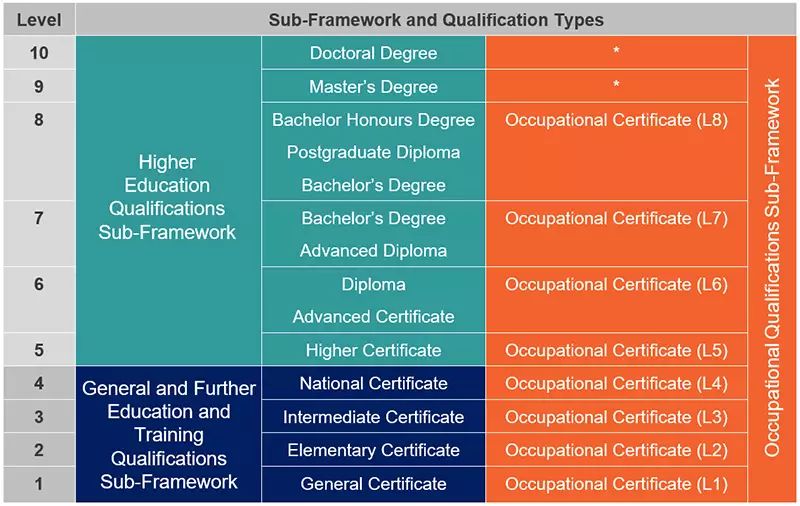One of the challenges faced by large asset owners, including mining companies, is understanding the total costs of assets over their life cycles. Life Cycle Costing (LCC) is a tool or model that enables comparative cost assessments to be made over a specified period of time, taking into account all relevant economic factors both in terms of initial capital costs, future operational and asset replacement costs.
Pragma was recently tasked to assist an established coal mining company to develop an LCC model. The model would be used as a data source for developing a five- to ten-year Life of Mine (LOM) model, and to ensure an alignment of the annual CAPEX and OPEX budgets.
Says Asset Care Centre Manager at Pragma, BJ Mona: “In the mining industry, LCC is applied to quantifying costs of asset components and materials usage. Correct application of the technique can assist in decision-making for asset capital investment projects. A life cycle costing process usually includes steps such as planning the LCC analysis (e.g. definition of objectives), selection and development of an LCC model (e.g. designing cost breakdown structure, identifying data sources and uncertainties), application of the LCC model, and documentation and review of LCC results. Extensive research and reports on LCC have been done. Nevertheless, LCC is not commonly applied in the mining industry due to complexities involved in analysing and utilising the data extracted from the model.”
During the development of LCC the first step is to identify the critical assets to be analysed. Secondly, Original Equipment Manufacturer and suppliers’ data are gathered to include in the costing model. Other important resources that provide information include engineering and operational staff, data collated from the maintenance history in the EAM system, and the technical library that provides guidelines on the operation and care of assets.
With Pragma running an Asset Care Centre at this mining company, gathering acquisition, operation and maintenance costs was made easy due to the experience of the Pragma personnel. Having all the sources of information in place and up to date is important for the successful development of the LCC model.
Mona further explains that the LCC model has led to various improvements including asset availability and utilisation, improved understanding of asset financials, the continuous improvement of client and service provider relationships, as well as the manner in which planning meetings are conducted. “There is also improved engagement with other departments such as production, operations, finance and IT, who typically don’t see themselves as directly involved in asset management. Everyone who will be impacted by the LCC model has been trained.”
Mona concludes that the LCC model was an enormous success. “From a successfully developed, implemented and executed LCC model one should be able to extract an asset management strategy, policy, objectives, plan or method to achieve organisational goals; a rebuild and repair strategy for the life of the plant or mine, and the ability to compute estimated targets for assets availability and utilisation. Assets’ critical components, commissioned dates, cost of components, estimated remaining life of components and the next projected renewal dates linked to usage of components can also be extracted.”
